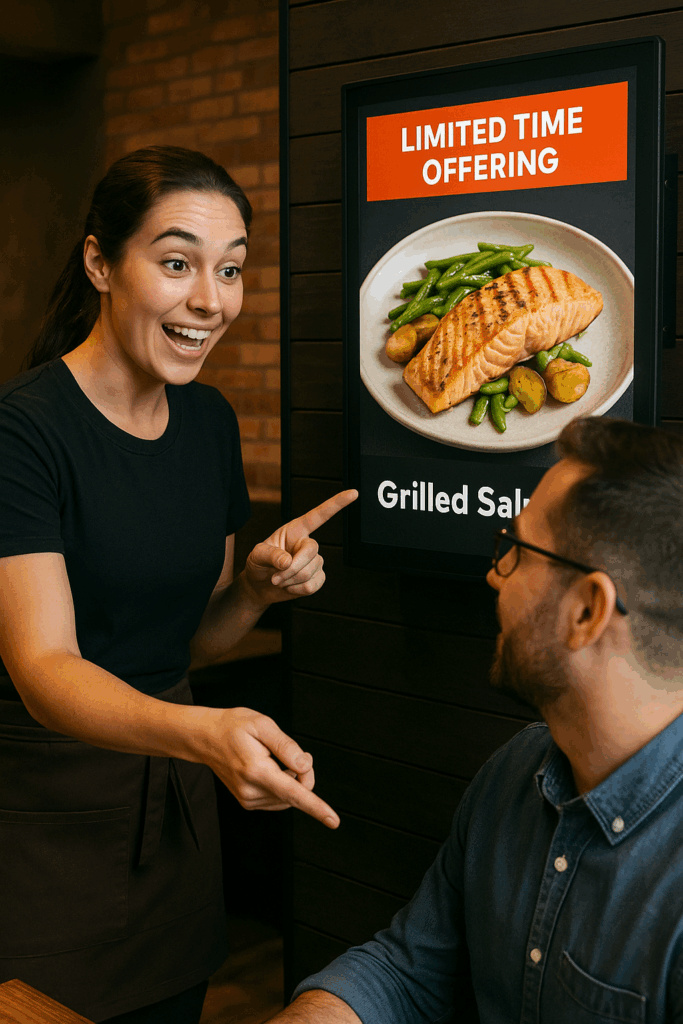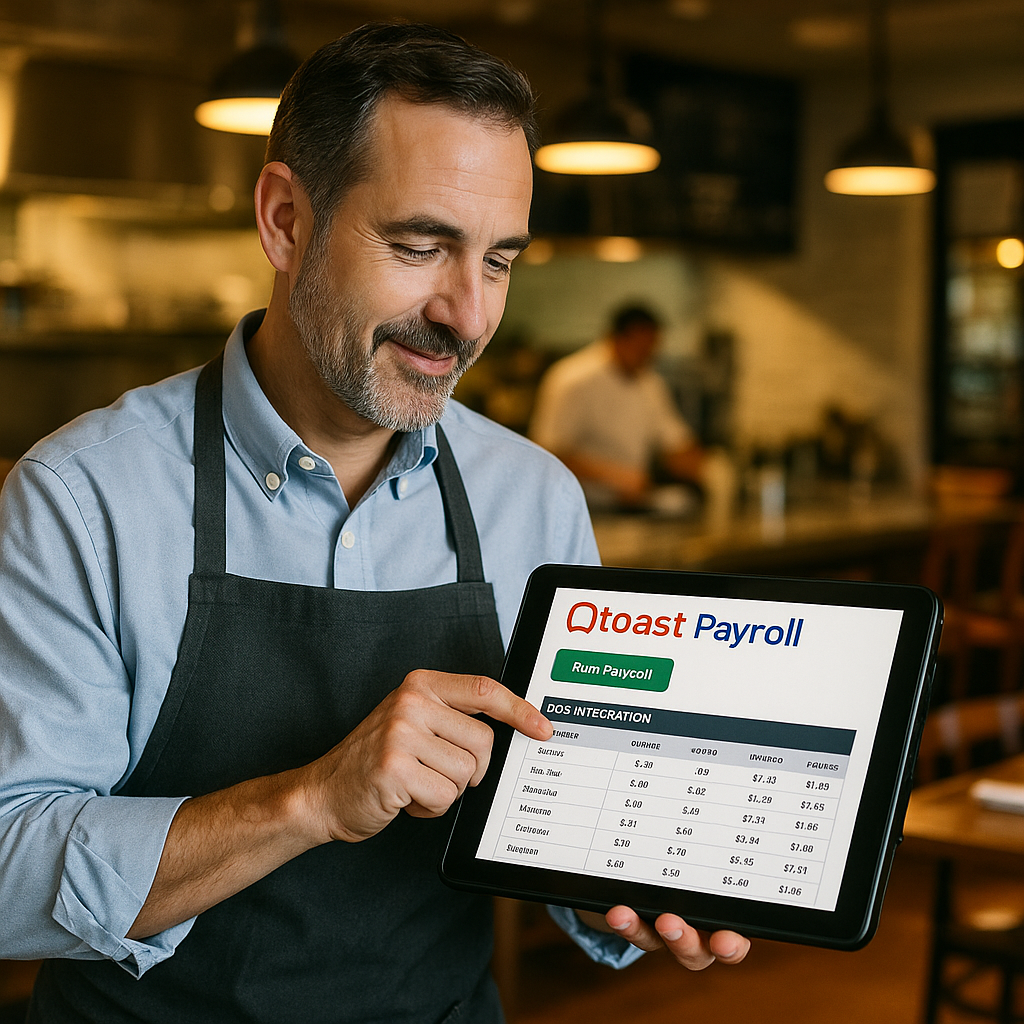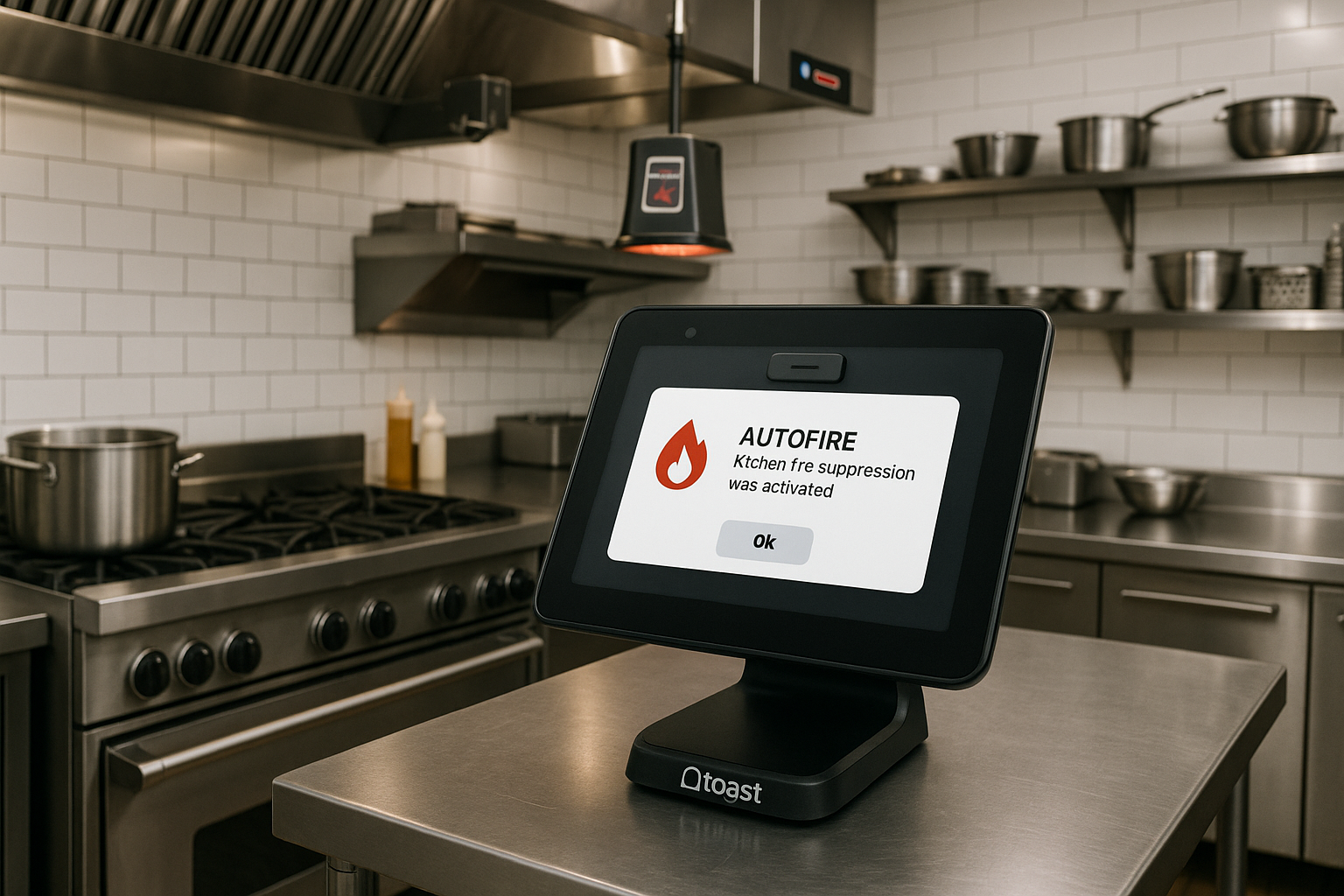Understanding Guest-Facing Menu Item Tags
In the evolving landscape of the restaurant industry, online ordering systems have become essential. One innovative feature that enhances the guest experience is the ability to display custom menu item tags. These tags, such as “Vegan,” “Gluten Free,” and “Staff Pick,” allow restaurants to provide essential information at a glance. Not only can restaurants create their own tags, but they can also apply predefined examples, making it easier for guests to find what suits their dietary preferences and culinary interests.
These tags serve a dual purpose: they inform guests about specific attributes of the dishes and streamline the ordering process. The integration of tags into the Online Ordering Pro menu allows restaurants to attract diverse clientele by highlighting key features of their offerings. Furthermore, as guests become increasingly health-conscious, these tags play a crucial role in helping them make informed choices quickly.
The ability to customize tags is particularly beneficial, as it allows restaurants to stay relevant and responsive to customer needs. In a competitive market, providing a tailored online experience can set a restaurant apart from its competitors. Ultimately, the introduction of guest-facing menu item tags signifies a shift toward more personalized dining experiences.
The Benefits of Customizing Menu Tags for Guests
Incorporating customizable menu item tags into online ordering platforms offers significant advantages for both restaurants and their guests. Firstly, these tags enhance visibility for items that meet specific dietary requirements, making it easier for guests to navigate the menu. For example, someone looking for gluten-free options can easily identify suitable dishes without scrolling through an entire menu. This eliminates the hassle and improves the overall customer satisfaction.
Secondly, utilizing tags allows restaurants to promote special items, such as “Limited Time Offerings” or “Staff Picks.” This feature not only aids in inventory management but also drives sales for highlighted menu items. By drawing attention to specific dishes, restaurants can create a sense of urgency and encourage guests to try something new, fostering a dynamic dining environment.
Moreover, the search feature that accompanies these tags is a game changer for online ordering. Guests can filter their menu selections based on their preferences, making the ordering process efficient and user-friendly. This ease of access is particularly crucial during peak hours when quick decision-making can enhance overall service speed and satisfaction.
How Tags Improve the Online Ordering Experience
The integration of menu item tags significantly transforms the online ordering experience for guests. By allowing users to filter menu items based on specific tags, restaurants can create a streamlined browsing experience. Guests are empowered to quickly locate their desired dishes, leading to faster ordering times and potentially higher table turnover rates.
For restaurants, this feature not only enhances guest satisfaction but can also lead to increased sales. When guests can easily find popular or recommended items, they may be more likely to try new dishes, contributing to a more varied dining experience. Establishments can leverage this capability to promote seasonal specials or chef recommendations, creating an engaging narrative around their menu offerings.
Additionally, the ability to showcase dietary tags aligns with the growing trend of health-conscious dining. As more diners seek transparency regarding their food choices, displaying tags that indicate dietary suitability can build trust and loyalty. Restaurants that embrace these features demonstrate their commitment to accommodating diverse guest needs, thereby fostering a more inclusive dining culture.
Conclusion: Elevating the Guest Experience with Tags
In conclusion, the implementation of guest-facing menu item tags in online ordering systems represents a significant advancement in enhancing the guest experience. By providing customizable options that allow restaurants to highlight key features of their dishes, these tags facilitate informed decision-making for diners. The benefits extend beyond mere convenience; they can drive sales, streamline operations, and foster a deeper connection between diners and the restaurant.
As every restaurant faces the challenge of standing out in a saturated market, leveraging technology to create a personalized dining experience is crucial. The incorporation of menu item tags exemplifies how innovation can meet the changing needs of guests, ultimately leading to a more satisfying and enjoyable online ordering experience.


